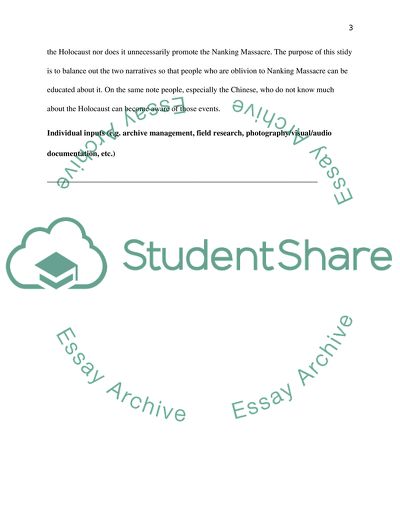Cite this document
(Krakow Holocaust and the Nanking Massacre Research Paper Example | Topics and Well Written Essays - 2500 words, n.d.)
Krakow Holocaust and the Nanking Massacre Research Paper Example | Topics and Well Written Essays - 2500 words. https://studentshare.org/history/1826020-krakow-holocaust-nanking-massacre
Krakow Holocaust and the Nanking Massacre Research Paper Example | Topics and Well Written Essays - 2500 words. https://studentshare.org/history/1826020-krakow-holocaust-nanking-massacre
(Krakow Holocaust and the Nanking Massacre Research Paper Example | Topics and Well Written Essays - 2500 Words)
Krakow Holocaust and the Nanking Massacre Research Paper Example | Topics and Well Written Essays - 2500 Words. https://studentshare.org/history/1826020-krakow-holocaust-nanking-massacre.
Krakow Holocaust and the Nanking Massacre Research Paper Example | Topics and Well Written Essays - 2500 Words. https://studentshare.org/history/1826020-krakow-holocaust-nanking-massacre.
“Krakow Holocaust and the Nanking Massacre Research Paper Example | Topics and Well Written Essays - 2500 Words”. https://studentshare.org/history/1826020-krakow-holocaust-nanking-massacre.


